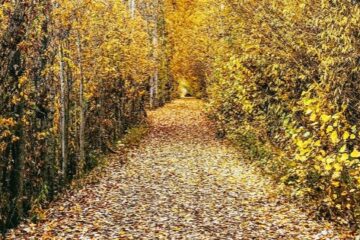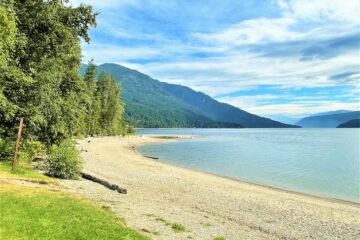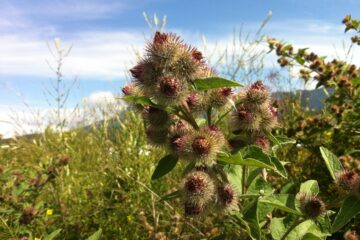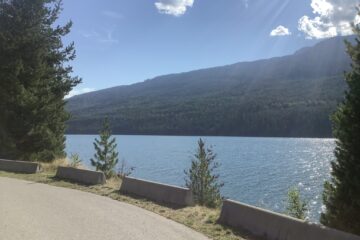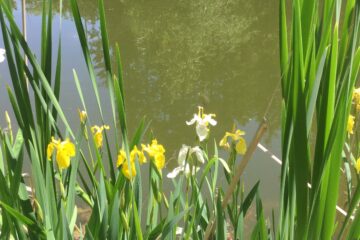Events
Community Weed pull Event at Herald Provincial Park
It’s time for a community weed pull event! Looking for a fun and rewarding way to give back to your community and play your part in protecting the environment? Come join us for a weed pull on Saturday, August 3rd from 1-3 pm at Herald Provincial Park! Did you know Read more…
Events
Community Weed Pull Event at Shuswap Lake Provincial Park
Community Weed Pull Event at Shuswap Lake Provincial Park Join us on Friday, July 19th from 10 AM to 1 PM for a special Community Weed Pull Event at Shuswap Lake Provincial Park. This family-friendly event is open to all community members, visitors, and friends who want to make a Read more…
Events
CSISS July Events
Where we will be in the communities of the CSRD? July 13th, 10 am (MT) – Golden Weed pull July 19th, 10am-1pm- Shuswap Lake Provincial Park weed pull July 20th, 9am-1pm – Salmon Arm Downtown Farmers Market July 20th, 1pm-6pm- Revy Paddle Fest July 21st, Kingfisher Learn to Fish Day Read more…
Events
Join Us for a Community Weed Pull in Golden
It’s the 15th annual community weed pull event in Golden run by Wildsight and CSISS! Come join us for a family friendly day learning about invasive plants and making a difference in preserving the biodiversity of Golden. As a special thank you to our hardworking volunteers, a free lunch will Read more…
Events
CSISS Weed Pull at Martha Creek Provincial Park!
Join Us for a Weed Pull at Martha Creek Provincial Park! Date: Friday, June 28th Time: 10:00 AM – 12:00 PM Help us protect the natural beauty and biodiversity of Martha Creek Provincial Park by participating in our weed pull event! We will be removing invasive species from the shoreline Read more…
Events
Join us for a community weedpull at Little White Lake!
You’re invited to a yellow flag iris weedpull, June 7th from 2:30 – 5:30pm. We will be dead heading this aquatic invasive plant to prevent the spread of seeds and slow/stop re-growth by cutting underwater. Yellow flag iris causes economic impacts by clogging up ditches and irrigation canals. It can Read more…
Events
Stay on the watch for: Hoary Cress and Poison Hemlock
VIEW HERE: Press Release – CSISS Priority Plants Poison Hemlock and Hoary Cress Potential Invaders: The Columbia Shuswap Invasive Species Society urges everyone to be aware of hoary cress and poison hemlock. The Columbia Shuswap Invasive Species Society (CSISS) is a charitable non-profit organization dedicated to the prevention, reduction, Read more…
Events
North Columbia Regional Meeting on Whirling Disease
CSISS would like to share some of the best practices and general information about whirling disease, as well as offer regional outreach to Columbia Shuswap organizations and communities. Whirling Disease is a disease affecting juvenile salmonid fish including trout and whitefish. It is caused by a microscopic parasite, Myxobolus cerebralis, which infects fish through their skin. Read more…
Events
Mark Your Calendar – It’s Invasive Species Action Month!
Every year the BC government proclaims May ‘Invasive Species Action Month’ recognizing the impact of invasive species on BC’s environment, economy, society, and human health. This month, CSISS urges everyone to learn how to identify invasive species, report sightings, and become familiar with the ways of preventing their spread. This Read more…
